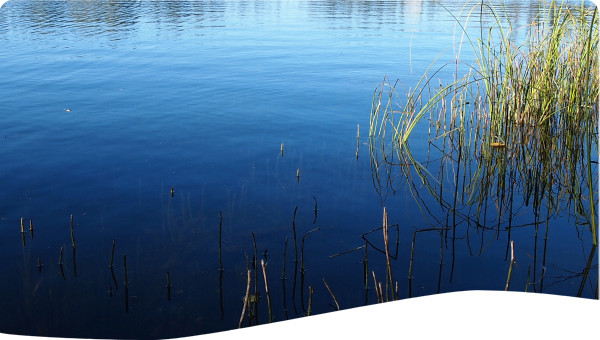Scientific and estuarine research on the Chesapeake Bay pinpointed several areas that required attention including nutrient over-enrichment, dwindling underwater Bay grasses, and toxic pollution. Action was taken and the Chesapeake Bay Commission was established to address the issues. This case illustrates how the use of modelling can be a cost-effective tool in helping to implement watershed restoration actions and monitor goals set by stakeholders.
The Chesapeake Bay is North America’s largest, most ecologically diverse estuary that constitutes a resource of extraordinary productivity worthy of the utmost levels of protection and restoration. The watershed basin covers about 165,000 km2 (64,000 square miles) with a population of 15 million people. It is home to more than 3,600 species of plants, fish and animals. For over 300 years, the Bay and its tributaries have sustained the region’s economy and defined its traditions and culture. In the late 1970s, scientific and estuarine research on the Chesapeake Bay pinpointed three areas causing water quality deterioration that required immediate attention: nutrient over-enrichment, dwindling underwater Bay grasses, and toxic pollution. Beginning in 1980, the legislatures of Virginia, Maryland and Pennsylvania established the Chesapeake Bay Commission (CBC) to begin to address these problems and coordinate interstate planning and programs from a legislative perspective. These actions led to the historic Chesapeake Bay Agreement of 1983, which called on all local, state and federal agencies with jurisdictions in the Chesapeake Bay watershed to focus their existing pollution control programs on reducing nutrient loads to the Bay. The Agreement proposed a series of objectives and priority commitments to establish a policy and institutional framework for cooperative efforts to restore the Chesapeake Bay.
In the early stages of the restoration effort, watershed modelling was identified as a key instrument to provide essential information to guide decision-makers in Bay restoration. The Bay system is exceedingly large and complex to conduct extensive field experiments. Environmental models were deemed essential for simulating the Bay’s aquatic and atmospheric conditions. A modelling framework was needed for the entire Bay system to provide a quantitative tool to assist in the decision -making process for the restoration of the Bay, and to enhance the understanding of Bay water quality processes and their sensitivity to external nutrient loads. The parties committed to specific actions to achieve the objectives, and decided to review the implementation of such actions annually with additional commitments developed as needed. Stakeholders set a major goal to reduce the nutrients (N, P) entering the Bay by 40% by year 2000.
Basin wide integrated modeling activities assisted in the evaluation and monitoring of water quality changes. As such, water quality data management, analysis, and modeling became a cornerstone in future stakeholder involvement to access data, review alternative water quality management options, and provide input to the decision making process.
The use of modeling tools in the case of the Chesapeake Bay was effective in implementing the actions and monitoring the goals set by the CBP partners. It provided decision makers with quantitative information that has assisted the restoration efforts of the Bay. The tools supplied the basis for policy makers to reach an agreement and to commit resources to work towards a common goal on an otherwise highly untenable consensus.
The use of modelling tools in the case of the Chesapeake Bay was very effective in helping implement the actions and monitor the goals set by the CBP partners. It provided decision makers with quantitative information that has assisted the restoration efforts of the Bay. Since 1983, but more extensively after the 1987 Agreement, modelling efforts supported specific actions that were initiated by the CPB including a watershed-wide phosphate detergent ban, the introduction of best management practices in agriculture, and biological nutrient removal at wastewater treatment plants. It is clear that in the case of Chesapeake Bay, the introduction of models helped shape the restoration efforts, and provided a common basis for stakeholders to build consensus and reach agreements. Successive agreements were adopted as more information was collected and decision makers relied on modelling results to track progress and adjust goals. It was proven that integrated basin-wide models might be the key to alleviate much of the subjective judgement, especially in large complex watersheds involving varying levels of jurisdiction, control, and interest.
Model results must be efficiently summarized in a clear and timely manner. Independent experts in the field must frequently review the modeling strategy and results.
Informing stakeholders on the progress of the modelling effort enhances support for restoration efforts throughout the watershed.
A public version of the calibrated and verified model should be made available with online or easy access. Models are extremely useful to assist in integrated water quality management and ecosystem protection.
 Case studies
Case studies


